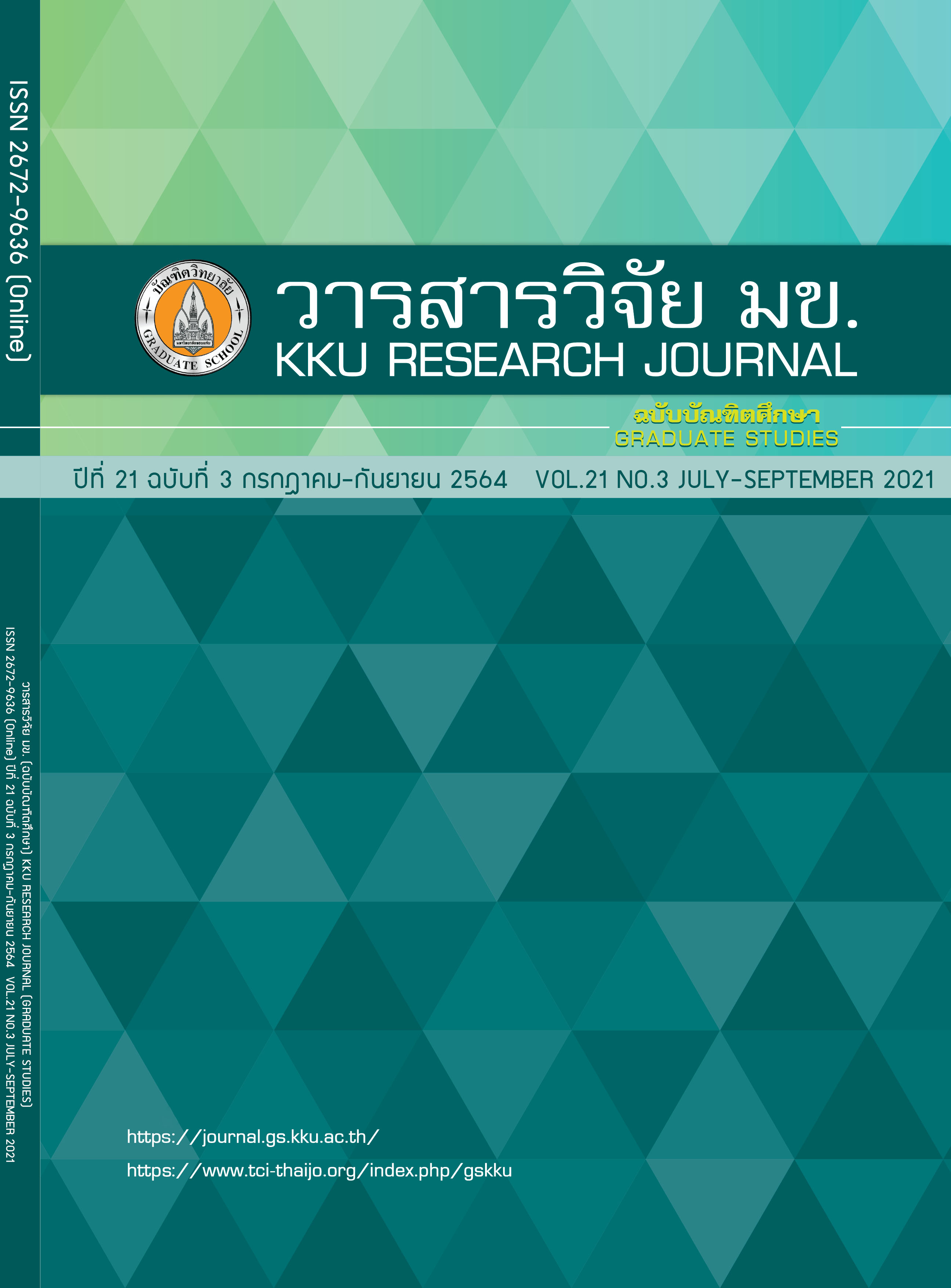Aircraft Flight Control Model using Computational Fluid Dynamics
Keywords:
Computational fluid dynamic, Stability and Control derivatives, State-space modelAbstract
In aircraft design, one of the most critical aspects is aircraft stability and control, which needs to be considered with the utmost accuracy. Implementation of the software can increase the capability of the aircraft design, and also provide the effectiveness of working-time and saving other resources of the wind tunnel experiments. In this paper, computer code is developed for computing the stability and control derivatives for aircraft preliminary design by using aerodynamic coefficients, mass properties, and aircraft geometry. Moreover, the computer code can be used to generate an aircraft state-space model for the flight control design. The aerodynamic coefficients are estimated using computational fluid dynamic (CFD) software, while mass properties and aircraft geometry were carried out using computer-aid design (CAD) software. The proposed code was written using MATLAB computing language for efficient complex mathematical calculations while CFD analysis is performed via SOLIDWORKS software. The stability and control derivatives results of a transport aircraft model are evaluated with the code and compared to the results from Athena Vortex Lattice (AVL). At Mach 0.3, the results from the developed software are close to AVL with 16.36% of mean derivatives error. Due to transonic flow that cannot be captured by Vortex Lattice Method (VLM) in AVL, the error is increased to 20.64% and 22.50% at Mach 0.6 and Mach 0.8 respectively. The proposed software can be a high fidelity and efficient tool for aircraft design.
References
Contributions A. AMCHAM CONTRIBUTIONS TO THAILAND 4 . 0 AMCHAM WHITE PAPER – CONTRIBUTIONS TO THAILAND 4 . 0. :1–9.
Kuitche M, Segui M, Botez RM, Gabor OS, Ghazi G. New methodology for flight dynamics modeling of the UAS-S4 Ehécatl towards its aerodynamics estimation modeling. AIAA Model Simul Technol Conf 2017. 2017;(March).
Panagiotou P, Tsavlidis I, Yakinthos K. Conceptual design of a hybrid solar MALE UAV. Aerosp Sci Technol [Internet]. 2016;53:207–19. Available from: http://dx.doi.org/10.1016/j.ast.2016.03.023
Rizzi A. Modeling and simulating aircraft stability and control - The SimSAC project. Prog Aerosp Sci [Internet]. 2011;47(8):573–88. Available from: http://dx.doi.org/10.1016/j.paerosci.2011.08.004
Vallespin D, Badcock KJ, Da Ronch A, White MD, Perfect P, Ghoreyshi M. Computational fluid dynamics framework for aerodynamic model assessment. Prog Aerosp Sci [Internet]. 2012;52:2–18. Available from: http://dx.doi.org/10.1016/j.paerosci.2011.12.004
Piedra S, Martinez E, Escalante-Velazquez CA, Jimenez SMA. Computational aerodynamics analysis of a light-sport aircraft: Compliance study for stall speed and longitudinal stability certification requirements. Aerosp Sci Technol. 2018;
Houghton EL, Carruthers NB. Aerodynamics for engineering students. Third edition. 1982.
Freeman JL, Klunk GT. Dynamic Flight Simulation of Spanwise Distributed Electric Propulsion for Directional Control Authority. 2018 AIAA/IEEE Electr Aircr Technol Symp EATS 2018. 2018;4997.
Tomac M, Eller D. From geometry to CFD grids - An automated approach for conceptual design. Prog Aerosp Sci [Internet]. 2011;47(8):589–96. Available from: http://dx.doi.org/10.1016/j.paerosci.2011.08.005
Kadiri M, Mohammed A, Sanusi S. Validation of Aerodynamic Coefficients for Flight Control System of A Medium Altitude Long Endurance Unmanned Aerial vehicle. In: 2019 2nd International Conference of the IEEE Nigeria Computer Chapter, NigeriaComputConf 2019. 2019.
McKinnis A, Keshmiri S. Dynamic Modeling and Controllability Analysis of a Moderately Damaged Unmanned Aerial System. In: IEEE Aerospace Conference Proceedings. 2019.
Klausmeyer SM, Fisher C, Laflin K. Stability derivative estimation: Methods and practical considerations for conventional transonic aircraft. In: 2018 Applied Aerodynamics Conference. 2018.
McKinnis A, Schmitz I, Rose J, Phommachanh J, Hartwell B, Sargent M. Viking-400 uas dynamic analysis. AIAA Scitech 2019 Forum. 2019;2514.
Gu X, Ciampa PD, Nagel B. An automated CFD analysis workflow in overall aircraft design applications. CEAS Aeronaut J. 2018;9(1):3–13.
Leifsson L, Koziel S, Bekasiewicz A. Fast low-fidelity wing aerodynamics model for surrogate-based shape optimization. Procedia Comput Sci [Internet]. 2014;29:811–20. Available from: http://dx.doi.org/10.1016/j.procs.2014.05.073
Mialon B, Khrabrov A, Khelil S Ben, Huebner A, Da Ronch A, Badcock K, et al. Validation of numerical prediction of dynamic derivatives: The DLR-F12 and the Transcruiser test cases. Prog Aerosp Sci. 2011;47(8):674–694.
GUO X, FAN B, HUANG J, XIE J. CFD and VLM Simulation of the Novel Twin-body Asymmetric Flying-wing Aircraft. DEStech Trans Comput Sci Eng. 2020;(msam).
Caughey DA. Introduction to Aircraft Stability and Control Course Notes. 2011;153.
Profile SEE. COMPARING VLM AND CFD MANEUVER LOADS CALCULATIONS. 2019;(June).



